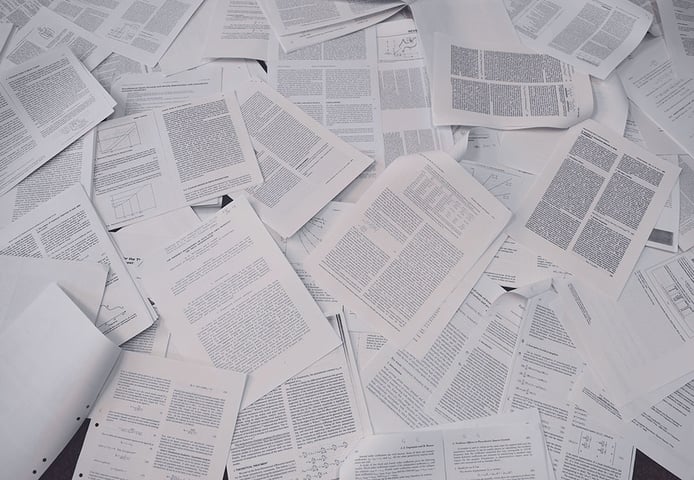
Bilayer formation from vesicles has long been known to occur on silica/glass surfaces, but the mechanism was for a long time unknown. By QCM-D measurements, a major step was taken in the understanding of the bilayer formation process and regarding the possibilities to control the process on different surfaces and for different lipids. Here we list eight key publications that you should read if you want to get on top of the key facts and fundamentals of the bilayer formation process.
A common underlying motivation to prepare and study supported lipid bilayers (SLB) is to prepare a model system mimicking cell membranes. The SLB formation is the first step in making more cell-membrane like model membranes, where additional steps are incorporation of functional membrane-bound molecules such as peptides, proteins, glycolipids etc, onto and/or into the membrane. One branch of SLB research today is successively moving towards much more complex systems.
Both the lipid bilayer formation dynamics and the quality of the formed lipid layer are affected by factors such as lipid composition, substrate material, temperature and solvent properties. There are several research studies on bilayer formation, where QCM-D was used as a central analysis method, which have thoroughly explored the key influential parameters and mapped out the fundamentals of how the lipid bilayer formation process is affected by the formation conditions. Below we list eight of these publications, which we think are particularly relevant, and which we think you should read if you are in this field of research.
Download the list as pdf below
Discover how QCM-D enables real-time, label-free analysis of supported lipid membrane formation, structure, and dynamics for advanced research
QCM-D was used to compare the potency and mechanisms of action of two different detergents in disrupting lipid membranes
Read about Prof. Jackman's experience using QCM-D to study surfactant-interaction with model membranes
Read about Prof. Jackman's experience using QCM-D in the field of membrane biophysics.
Watch the webinar to learn more about how to combine QCM-D and Neutron reflectrometry to examine membrane biochemistry at the solid-liquid Interface
Read about two cases where QSense QCM-D technology was used to explore viral membrane disruption and an antiviral strategy towards pandemic preparedness.
